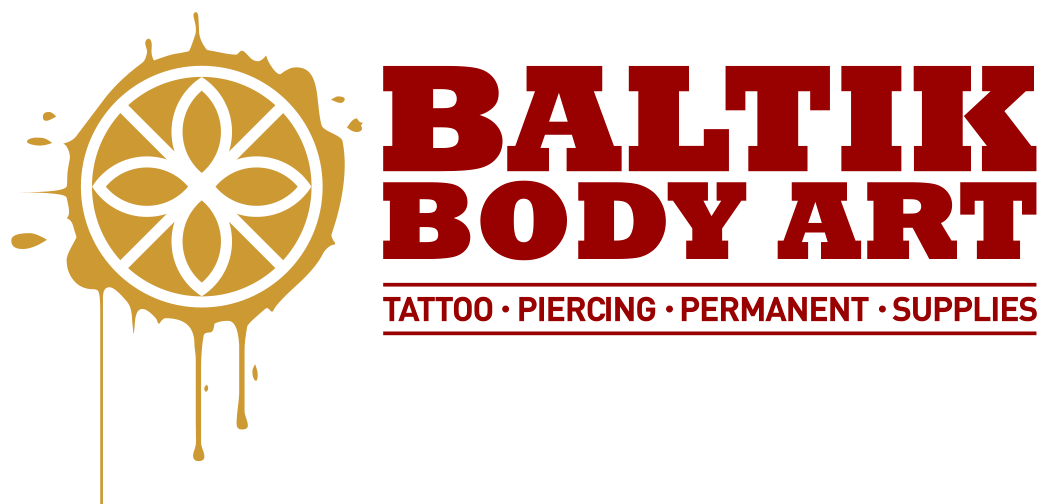settings_phone
I-V, 9.00 - 17.00
+370 671 76491
Tattooing damages the client’s skin and poses a risk of spreading various infections. That is why all the equipment has to be in good working order, cleaned and dried after every use. To ensure hygiene and protection, the studio must be equipped with products such as soap, foam, autoclave, gloves, etc.
Maintain a clean and sterile environment during tattoo sessions to avoid compromising hygiene and safety requirements. Customers also need to be reassured they are in safe hands when they walk through the door. Below there is a list of tips and items necessary for a safe tattoo studio.
1. Hand hygiene and skin care
One of the main methods of infection transmission is dirty hands. Regular hand washing with soap and water for at least 20 seconds can significantly reduce the number of contact-transmitted pathogens. Hand sanitisers are a useful substitute for handwashing if there is no washbasin nearby.
2. Proper use of personal protective equipment
Wearing gloves protects the wearer’s hands from microorganisms and prevents their transmission. Gloves must be worn when touching skin, body fluids, secretions and sterile areas. A tattoo is considered an open wound, so gloves are a must while tattooing. They must have a CE certificate to meet European Union quality standards. This certificate must be visible on the product or packaging.
Nitrile gloves are an excellent barrier to microorganisms and harmful substances. They are puncture and tear-resistant and latex-free.
Vinyl gloves are more lightweight and are more suitable for low biohazard work, such as cleaning non-hazardous materials.
3. Handling sharp objects responsibly
In tattoo parlours where sharp objects are present, extra precautions must be taken to minimise the possibility of blood-borne infections. Blood-borne diseases include hepatitis B, C, D and HIV.
Dispose of all sharps (needles, syringes, razors, etc.) immediately after use in a special waste bin. It must comply with UN3291 and BS7320 standards.
Use only sterile disposable needles to pierce the skin. Inspect them for flaws before use.
Wear personal protective equipment when tattooing.
4. Cleaning, disinfection and sterilisation of environment
Remember that cleaning is not the same as sterilising. Your tattoo studio must be sterile. This is the only way to ensure hygiene compliance and reduce the likelihood of infections. Well-functioning and easy-to-clean equipment (e.g., non-porous) should be present. A cleaning schedule should also be established, starting with the cleanest area and moving on to the dirtiest area to reduce the possibility of spreading germs and dirt. If possible, use disposable cleaning cloths and dispose of them after use. The studio floor must be always clean, as there can be shaved hair, viruses or bacteria. Bleach can be used for floor cleaning. Equally important is the proper sterilisation of the tools, which can be done in an autoclave.
FAQ
Why is hygiene important for tattoo artists?
Hygiene is fundamental for tattoo artists. It helps to prevent infections, ensure the safety of their clients and compliance with the law.
What kind of protective equipment should tattoo artists wear?
Tattoo artists should wear gloves, aprons, face masks, protective eyewear measures and hair nets. This helps maintain a sterile environment during tattooing.
How should tattoo artists sterilise their equipment?
Tattoo equipment is first sterilised in autoclaves using high-pressure steam, chemically sterilising non-metallic items and removing disposable attributes. It is also important to maintain a clean work area and good hand hygiene.





